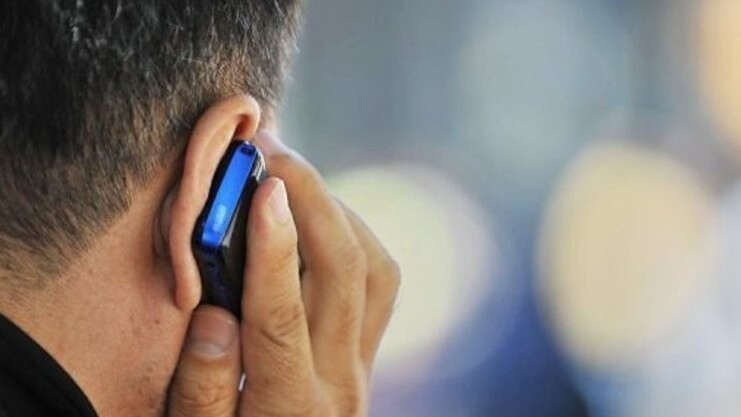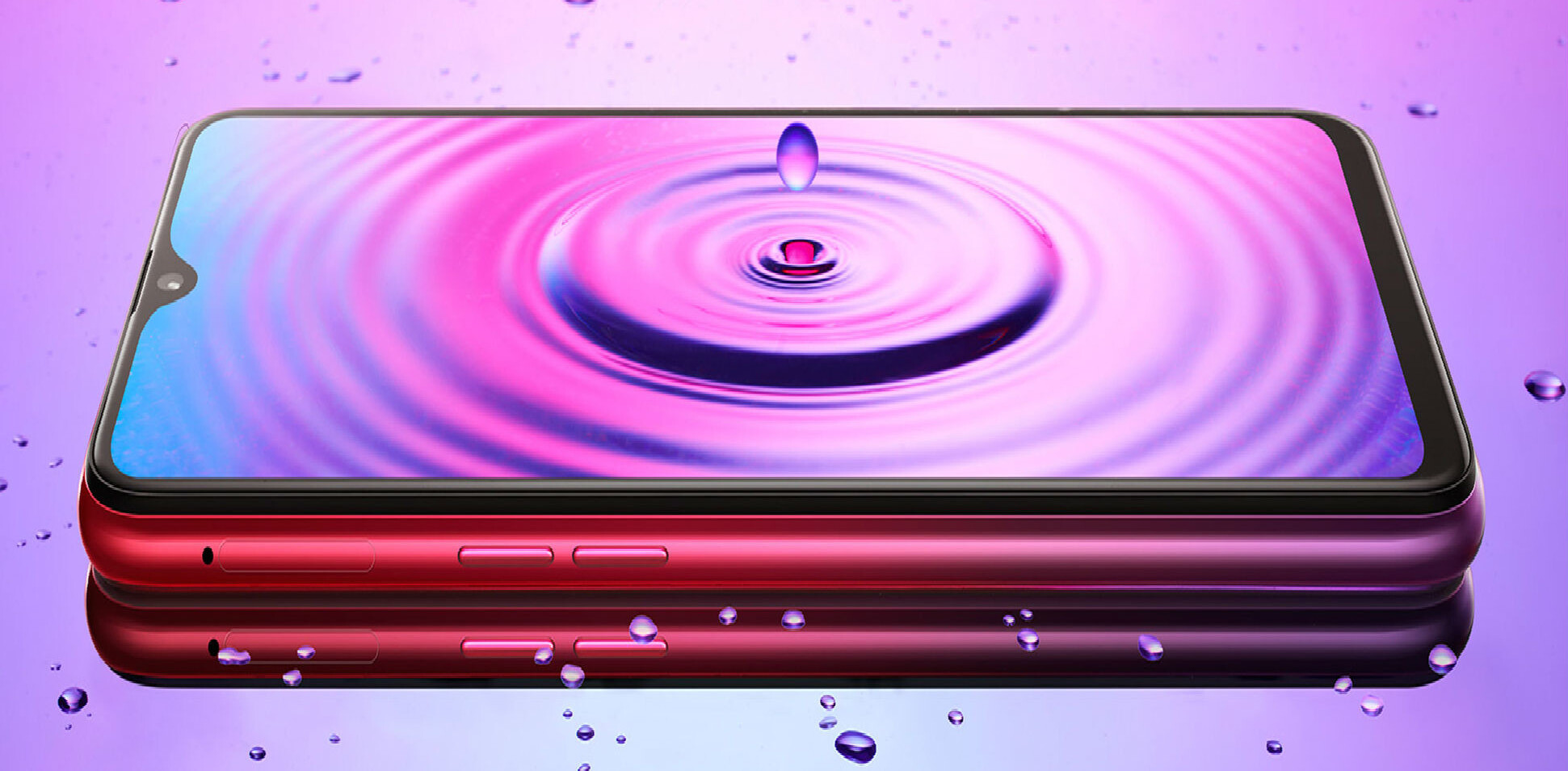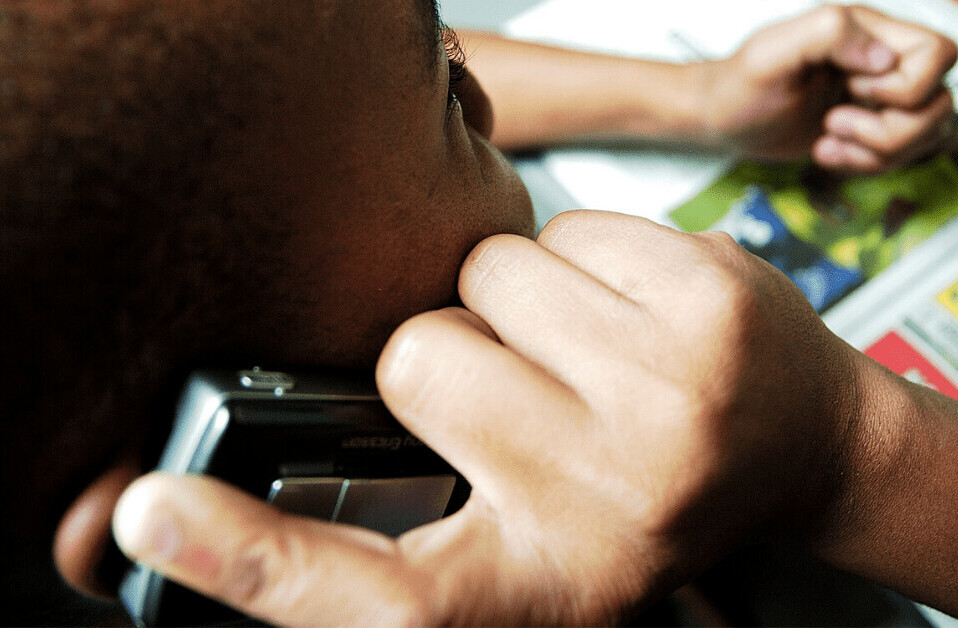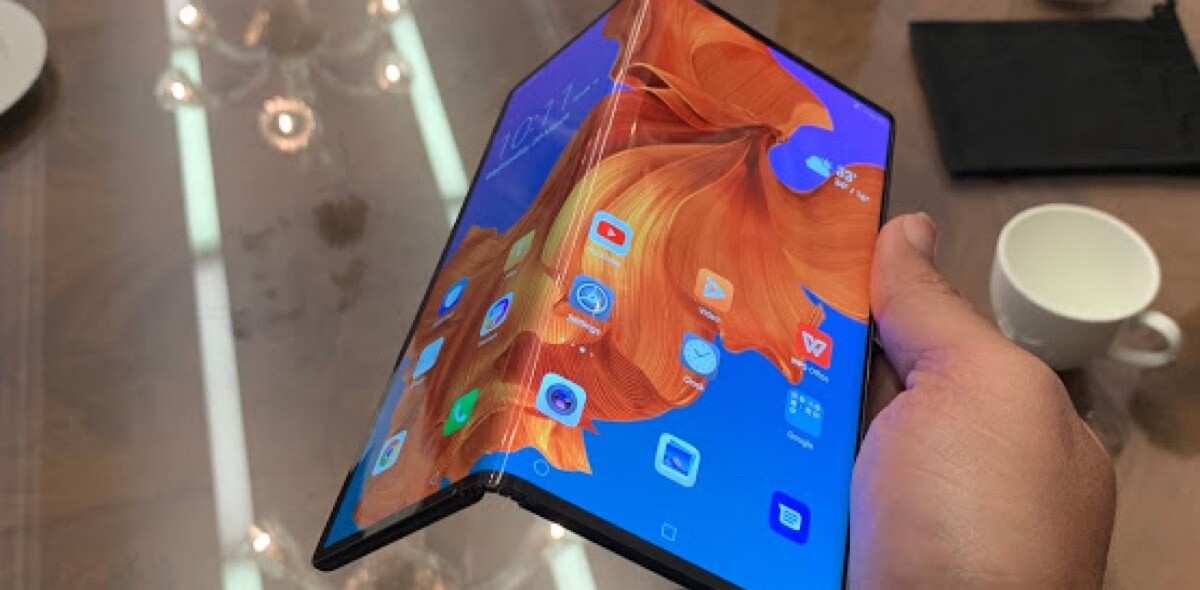
It’s a concern that probably sits at the back of most people’s minds. However, the thought of life without mobile phones is just too depressing to consider.
I’ll just come out and say what you’ve all thought about at some point: mobile phones might be bad for your health.
The science
Many studies have been carried out over the years to try and reach a definitive conclusion on the subject. But the fact is, it’s impossible to know for sure, because it has really only been a decade and a half since mobile phones have proliferated. And the subject was put in the limelight again this week when a World Health Organization (WHO) panel concluded that the radiation from mobile phones is “possibly carcinogenic.”
As The New York Times noted, this puts mobile phones in the same category as some dry cleaning chemicals and pesticides. They’re potentially damaging to human health…but it seems that the experts aren’t quite sure.
It’s important to note that the panel didn’t actually carry out new research. Instead, they reviewed existing studies that focused on the health effects of radio-frequency magnetic fields. The very fields that mobile phones emit.
Dr. Jonathan M. Samet, a physician and epidemiologist at the University of Southern California, noted that the decision to classify mobiles phones as “possibly carcinogenic” was predominantly based on health-event patterns that indicated an increased risk of a brain tumor called a glioma among heavy mobile users.
However, before you cart your mobile phone off to the nearest incinerator, these latest findings – published in the Journal of the American Medical Association (JAMA), Vol. 35, No. 20, dated May 25, 2011 – were immediately dismissed by another team of experts from the University of Maryland.
Christopher Davis, Professor of Electrical and Computer Engineering, and Senior Research Scientist Quirino Balzano, have more than 35 years of research experience in the biological effects of wireless telecommunications technology. They wrote a letter to the Editor of JAMA expressing their concerns at the validity of the results. An extract of this letter is available online, and a few notable points emerge.
Davis and Balzano, in reference to an earlier similar report that had appeared in JAMA, noted:
“Dr Volkow and colleagues reported on the correlation between glucose metabolism in the brain and the presence of active cell phones placed near the heads of participants. We believe this study is flawed, as there is no mechanism other than heating by which the radio-frequency fields from a cell phone could affect human tissue. The highest temperature elevations that occur in the brain during cell phone use as a result of the radio-frequency fields from the cell phone are on the order of 0.1°C to 0.2°C, temperature elevations that are smaller than those resulting from physical activity.”
So, Davis and Balzano don’t believe that mobile phone radiation is capable of damaging human tissue to any extent beyond what’s otherwise possible through natural events. If you have the time, you can watch Davis present on this very subject last year:
Similarly, a study by the International Agency for Research on Cancer (IARC) in 2010 found no causal relationship between years of mobile phone use and cancer.
The study agreed with previous research, that the overall rate of brain cancer has not risen in countries where use has long been prevalent – like Sweden. But the longer term effect may not yet be known.
Professor Anthony Swerdlow, from the Institute of Cancer Research, said of the findings:
“This study cannot answer whether there are long-term risks beyond fifteen years, nor would it have been able to pick up much, much smaller risks. But if there was a large and immediate risk we would have seen it. Whether it is worth doing more research, that is a question for society. These are expensive studies, and there are many other things in the world that should be investigated. It is society which has to answer the question of how long you continue to investigate something that does not have a biological basis.”
This particular study cost €20m so, as Prof. Swerdlow says, there must come a point where you accept the findings and move on. But it’s our health we’re talking about here, so let’s not be so accepting of these findings.
What is radiation?
To make an informed decision on what you should do – if anything – about mobile phone radiation, it probably will help if you know what radiation actually is. The word is often bandied about a little too freely to mean something, well, bad.
Radiation is energy that travels through space in waves or particles. It’s naturally occurring and it has always been with us. In fact, humans have evolved with it and we are bombarded with radiation every day, from every direction. And we all know how useful radiation is in medicine to combat and diagnose illnesses.
Mobile phone radiation
There are different types of radiation, but the one we’re concerned about here is the kind that comes from mobile phones, which is electromagnetic radiation. Mobiles use radio frequency (RF) waves to make and receive calls. The levels of radiation are generally considered as small, as the emissions are low power (short range).
Studies have shown that exposure to the RF waves emitted from mobiles can lead to blood-pressure rising during the time of use, but then it returns to normal afterwards. It’s worth noting that our blood pressure rises and falls throughout the day anyway, and activities such as talking can even affect blood pressure.
Research has also shown that after prolonged mobile phone use this can lead to direct brain warming but this disperses as soon as you stop using the phone.
It seems that the radio-frequency fields emitted from handsets are benign, meaning they have little or no detrimental effect. They emit non-ionizing radiation – in other words, waves of energy that are too weak to break chemical bonds or to set off the DNA damage known to cause cancers.
Indeed, the overall weight of evidence suggests that mobile phone users shouldn’t be overly concerned about the health effects of mobile phones. At least, no evidence has been found to suggest people should be concerned.
But it’s our health we’re talking about here, so it’s worth considering whether there is enough doubt to merit more studies, or at the very least encourage mobile phone users to take precautionary action to offset any potential longer term damage. And that could still be an issue – it’s important to stress that mobile phones haven’t been around long enough to fully know what, if any, the long-term effects of mobile radiation exposure may be.
You could, of course, shake off your mobile phone completely, but is that really an option today? Society demands that we have mobile phones – can you imagine trying to meet friends in New York or London who are simply “going out, we’re not sure where yet”? And most people reading this will probably need a mobile phone for work – it’s an unspoken prerequisite in many jobs.
So, assuming you have no intention of getting rid off your mobile device, what else CAN you do to try and limit your exposure to mobile phone radiation…just in case?
Precautionary measures
Okay, so you’re a little concerned about the longer term effects of mobile phone radiation which, as noted, isn’t quite as certain as the short-term effects. The simplest measure you can take is to reduce your direct contact with mobile phones – so text rather than call and use hands-free kits if possible.
On this subject, it’s worth noting that one statement by the British Consumers’ Association indicated that using hands-free devices actually increased the brain’s exposure to radiation, as they act as aerials, directing electromagnetic fields to a “hot spot” behind the ear. But most evidence suggests otherwise, with one report in particular for the Department for Trade and Industry (DTI) concluding:
“In their intended mode of use, personal hands free kits offer very substantial reductions in SAR compared to the normal use of a mobile phone held against the ear.”
So, hands-free kits are a good starting point. But what else can you do to minimize exposure? Well, here’s a few tips:
- Keep your mobile phone calls short
- Use landlines where possible, or even VoIP technology (e.g. Skype over WiFi)
- Avoid using your mobile phone if the signal strength is low. Find a better location to make a call – the better the signal strength, the lesser the power output of the handset.
- Use the phone outdoors, or move close to a window.
- Avoid touching the aerial while the phone is turned on.
- Keep the phone away from areas of the body such as eyes, testicles, breasts and internal organs.
Ultimately, do what you can to keep the phone as far away from your head (and body) as possible.
If you’re really paranoid, you can buy an Air Tube Wired Headset which is thought to help prevent radiation traversing up the headphone cord to your ear. Or, you can also buy a mobile phone radiation deflector, which is thought to reduce the specific absorption rate (SAR*) in mobiles by 75%:
*SAR recommendations
SAR is a measure of the rate at which energy is absorbed by the body when exposed to a radio frequency (RF) electromagnetic field. The higher the SAR, the more radiation is absorbed.
In addition to precautions you can take yourself to minimize exposure, you’ll be pleased to know that most mobile phone manufacturers and networks in the EU have voluntarily adopted recommendations made by the International Commission on Non-Ionising Radiation Protection (ICNIRP), that set a SAR limit of 2.0 W/kg in 10g of tissue.
In the United States, the Cellular Telecommunications and Internet Association (CTIA) requires all cell phones to comply with the Federal Communications Commission (FCC) SAR limit of 1.6 W/kg in 1g of tissue. For a phone to receive FCC certification and be sold in the US, it musn’t exceed this level.
Conclusion
There are many factors to consider when assessing whether mobile phone radiation is safe or not. On the one hand, most studies have shown that there isn’t a direct link between using mobile phones and cancer. On the other hand, the longer term effects may not yet be realized for some time to come.
So – the bottom line is scientists largely believe that mobile phone radiation isn’t harmful to our health, but it’s not definite.
If you’re still concerned, but don’t want to give up your mobile phone, the best thing you can do is take on board some of the advice given here and simply minimize the time you spend using your mobile phone.
Cancer Research UK (CRUK) has a very good impartial, science-based blog that covers many concerns relating to the causes of cancer, including mobile phone radiation, and it’s worth checking out.
Meanwhile, give it another 15 years and we may be in a better position to say with greater certainty that mobile phone radiation is completely harmless to human health. At least, that’s what I hope we can say.
Get the TNW newsletter
Get the most important tech news in your inbox each week.




